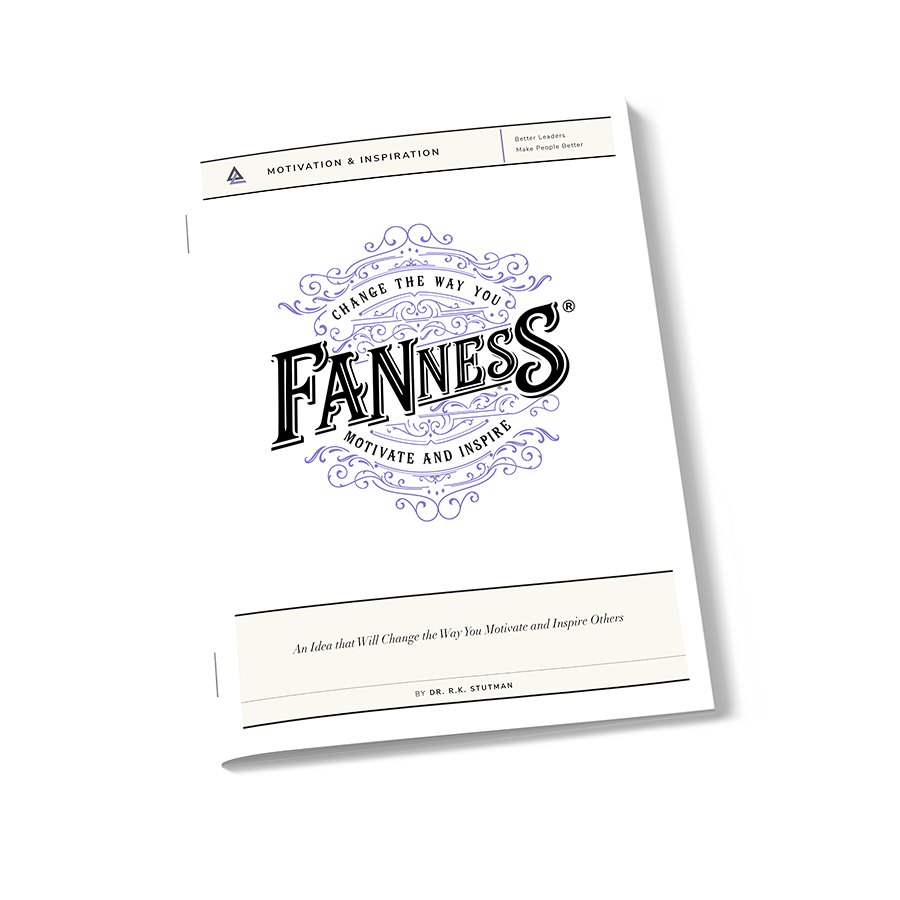There are quite a few names that describe the exhilaration performers feel when they become excited during competition.
Getting pumped up, psyched up, fired up, hopped up, amped up, stoked up, and charged up are some. Pouring on the gas, lighting the jets, shifting into high gear, going full throttle, and putting the pedal to the metal are others.
Psychologists use the more technical term “competitive arousal” to describe the heightened physiological stimulation and psychological motivation performers display when they are aroused.
Such arousal has both positive and negative effects on performance.
Although common wisdom suggests getting pumped up during competition can, at certain moments, positively affect performance, research confirms that competitive arousal has more downside than upside.
Star athletes who frequently show the world what it looks like to get pumped up probably don’t want to hear that arousal more typically hurts performance than helps it.
When performers of any kind become competitively aroused, they think poorly, often derailing whatever the best strategy is to accomplish their goals.
Getting psyched up impairs rational and objective decision-making, narrows attention, increases risk-taking, and promotes aggressive behavior.
For example, in negotiations, bargaining, and gambling, performers often bid beyond their limit once they are aroused, taking more extreme positions and chances.
Once aroused, performers are more likely to fixate on winning at any cost, favoring immediate rewards over long-term benefits. Arousal also intensifies any existing biases or prejudices the performer may have.
It makes everything more cloudy and less clear.
On the flip side, once performers are aroused, they experience increased energy and focus and become even more motivated to win or execute perfectly.
The flood of adrenaline and dopamine that performers experience during arousal makes them feel superhuman, if even for a moment. This may explain why so many athletes rely on arousal to give themselves a boost and to create the momentum to win.
But the feelings are fleeting, and the temporary and heightened focus quickly departs and creates the opposite effect. The extra adrenaline gets in the way of execution and clouds the judgment needed going forward.
That’s why the best performers manage their competitive arousal, preferring to stay focused and in control of their emotions in a more “controlled enthusiasm” while they perform.
Seeing a performer get pumped up may make for great theater, but it is rarely the recipe for great performance.
Leave the fist pump to athletes who believe in it. Stay focused on your execution process instead.

The Upside and Downside of Getting Pumped Up During Competition
Sign-up Bonus
Enter your email for instant access to our Admired Leadership Field Notes special guide: Fanness™—An Idea That Will Change the Way You Motivate and Inspire Others.
Inspiring others is among the highest callings of great leaders. But could there be anything you don’t know, you haven’t heard, about how to motivate and inspire?
Could there really be a universal principle that the best leaders follow? A framework that you could follow too?
There is.
Everyone who signs up for Admired Leadership Field Notes will get instant access to our special guide that describes a powerful idea we call Fanness™ (including a special 20-minute video that really brings this idea to life).
